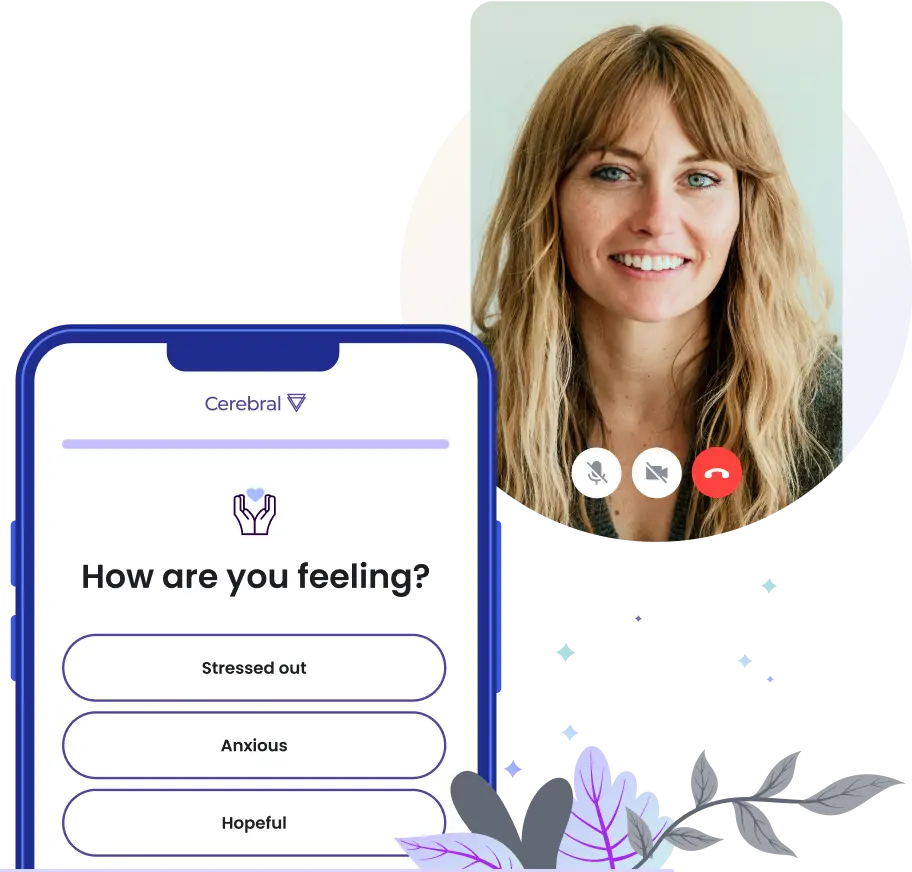Bipolar disorder is a mental health condition characterized by significant mood fluctuations from manic highs to depressive lows, affecting millions of individuals.
If you suspect you or someone you know may be affected, it's essential to understand bipolar disorder. There's help, and it's possible to manage this condition effectively.
This helpful guide will cover ten important aspects of bipolar disorder to help those looking to learn more about the condition.
1. Bipolar disorder isn’t all that rare
Bipolar disorder impacts a significant portion of the population. According to the National Institute of Mental Health, it’s estimated that nearly 3 out of every 100 U.S. adults have bipolar disorder. The figures are likely even higher when you consider the undiagnosed cases.
Many people around us, knowingly or not, could be managing this condition. This makes resources and support systems that cater to those with bipolar disorder all the more critical.
2. There are multiple types of bipolar disorder
Bipolar disorder is not a one-size-fits-all condition — there are several distinct types, each with its own variations in symptoms and severity.
Bipolar I disorder
Bipolar I disorder is characterized by manic episodes lasting at least 7 days or by manic symptoms that are so severe that immediate hospital care is needed. Depressive episodes also occur, typically lasting at least 2 weeks.
Bipolar II disorder
Bipolar II disorder is characterized by a pattern of depressive episodes and hypomanic episodes, but without the full-blown manic episodes that are typical of bipolar I disorder. The hypomanic episodes provide a noticeable change in mood and behavior that is distinct from the individual's usual behavior but are not as extreme as manic episodes.
Cyclothymic disorder (Cyclothymia)
Cyclothymia includes periods of hypomanic symptoms as well as periods of depressive symptoms lasting for at least 2 years (1 year in children and adolescents); however, the symptoms do not meet the diagnostic requirements for a hypomanic episode and a depressive episode.
Why this is important: Each type has its own criteria for diagnosis and treatment plan, making an accurate diagnosis a crucial first step in managing the condition.
3. It can be difficult to diagnose bipolar disorder
Diagnosing it isn’t always straightforward. Bipolar symptoms can resemble other conditions, making it challenging to distinguish. Additionally, people with bipolar disorder may be more likely to seek help during a depressive episode when it's harder to spot the difference between this condition and unipolar depression.
Why this matters: A substantiated diagnosis is needed to manage bipolar disorder effectively.
Seeking help from a mental health professional who can accurately diagnose the condition is the only way to develop and implement an appropriate treatment plan.
4. It can onset at any age
Bipolar disorder doesn’t discriminate by age, with many individuals experiencing their first episode in their teenage years or early adulthood. It's important to note that the late onset of the disorder can also occur.
Because bipolar disorder can manifest at any time, we need to remain vigilant about mental health throughout our lives.
5. It’s more complicated than just mood swings
Contrary to popular belief, bipolar disorder is much more than just a case of extreme mood swings or racing thoughts. It involves profound changes in thoughts, energy levels, and behavior that can significantly disrupt one’s personal and professional life.
Why this is important: Those with bipolar disorder need comprehensive, multi-faceted treatment that goes beyond just mood stabilization.
6. The length and frequency of manic episodes vary
How long does the typical manic episode last? It’s different for everyone.
There’s just as much variation in the frequency of episodes. Some will have a few over their lifetime, others will have many, and the lengths of these episodes can also differ extensively.
Why this matters: This variability means you’ll need to communicate regularly with your healthcare providers to manage and adjust treatment as needed.
7. Bipolar disorder often runs in families
There’s a strong genetic link, meaning if a close family member has the disorder, you're at a higher risk. However, not everyone with a family history will develop the condition; conversely, some with no history can also develop it.
Why this is important: To support early detection, you’ll want to monitor for symptoms if your family has a history of the mental health condition.
8. Symptoms can worsen during pregnancy
For some, bipolar symptoms may intensify during their pregnancy or soon after childbirth.
Be aware: This makes pregnancy a critical time for careful monitoring and ongoing communication with mental health professionals.
If you’re about to give birth or have recently welcomed a new baby, support systems can be especially beneficial as you manage both bipolar disorder and parenthood.
9. There are many treatment options available
While bipolar disorder is a chronic condition, it’s highly manageable with a personalized treatment plan. Treatment options can consist of a combination of medication and therapy with the aim of helping those with bipolar disorder live more balanced lives.
Medication
Prescribed medications play a crucial role in mood stabilization. Each medication works differently, so a healthcare provider may try several different types to find the most effective combination for the individual.
Finding a regimen of medication that works for you can be an important step in managing bipolar disorder effectively. You’ll need to have open and ongoing conversations with healthcare providers about medication effects and side effects.
Pay attention to directions — adherence to prescribed medication helps you maintain stability and prevent relapse.
Remember: Always take medication as prescribed, and discuss any changes with your prescriber to ensure the best outcomes.
Talk therapy
Therapy can also help when recommended. It involves working with an in-person or online therapist to develop coping strategies, identify triggers, and manage symptoms. Here are a few types that may be used:
- Cognitive Behavioral Therapy (CBT): A type of talk therapy that focuses on identifying negative thoughts and behaviors and replacing them with positive ones.
- Interpersonal and Social Rhythm Therapy (IPSRT): Focuses on stabilizing daily routines and sleep-wake patterns, which can help manage bipolar symptoms.
- Family-focused therapy: Involves educating family members about the disorder and supporting them in understanding their loved one's symptoms.
Therapy will help build mental resilience, strengthen relationships, and cultivate a deeper understanding of the condition.
10. You are more than your diagnosis
Being diagnosed with bipolar disorder may come as a shock and bring feelings of uncertainty about the future. Having fears and anxiety — especially without a firm understanding of the intricacies of bipolar disorder — is reasonable in the beginning.
If you’re having difficulty with processing and accepting a diagnosis, it’s something you should talk about with a supportive loved one or a mental health professional. Resorting to unhealthy coping mechanisms like substance use could trigger a manic episode.
Remember: Bipolar disorder is only one aspect of your identity. It may influence parts of your life, but it doesn't define who you are, and it doesn’t have to stop you from achieving your potential.
With a support system and proactive management of bipolar disorder, you can live a more stable life.
Treating bipolar disorder
A fundamental approach to managing bipolar disorder is often a combination of medication and therapy. Therapy options, like talk therapy or cognitive behavioral therapy (CBT), equip you with strategies to manage periods between or during mood episodes.
It is an ongoing process, and there are going to be difficult periods, but therapy and medication will make a significant difference. We make treatment easier by offering affordable access to dedicated care teams, medication management, and online therapy — all from the comfort of your home.
If you're thinking about seeking online treatment for bipolar disorder, you might want to start by browsing for one of our licensed mental health professionals near you.
Image by Freepik

How to Support a Loved One with Bipolar Disorder

Bipolar vs. BPD: How To Tell The Difference

9 Common Triggers for Bipolar Episodes

Call 911 if you’re having a
mental health emergency
Text Home to 741-741 if you're in emotional
distress and need immediate support
Call or text 988 Suicide &
Crisis Lifeline. Chat service
is available at 988lifeline.org.